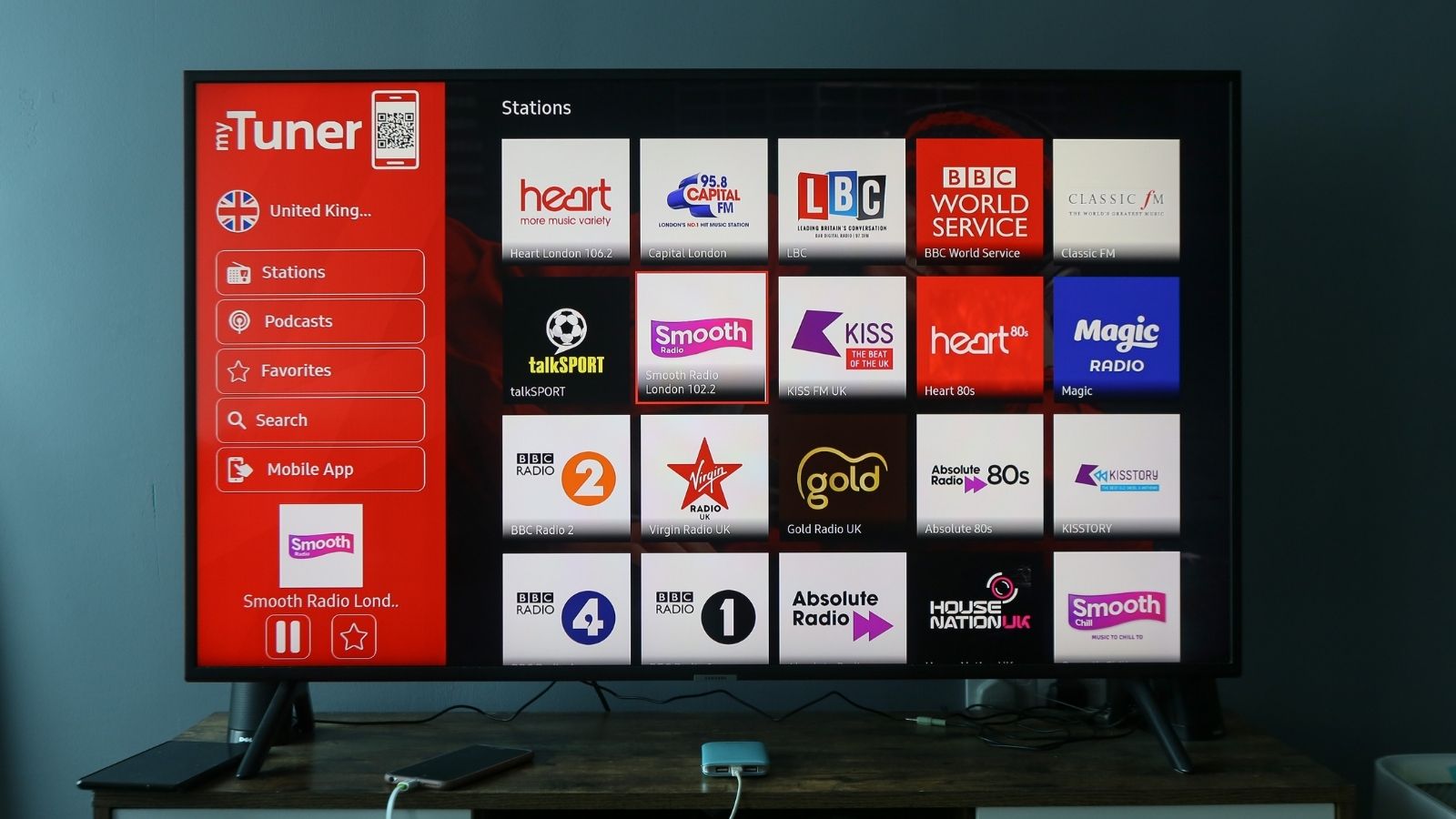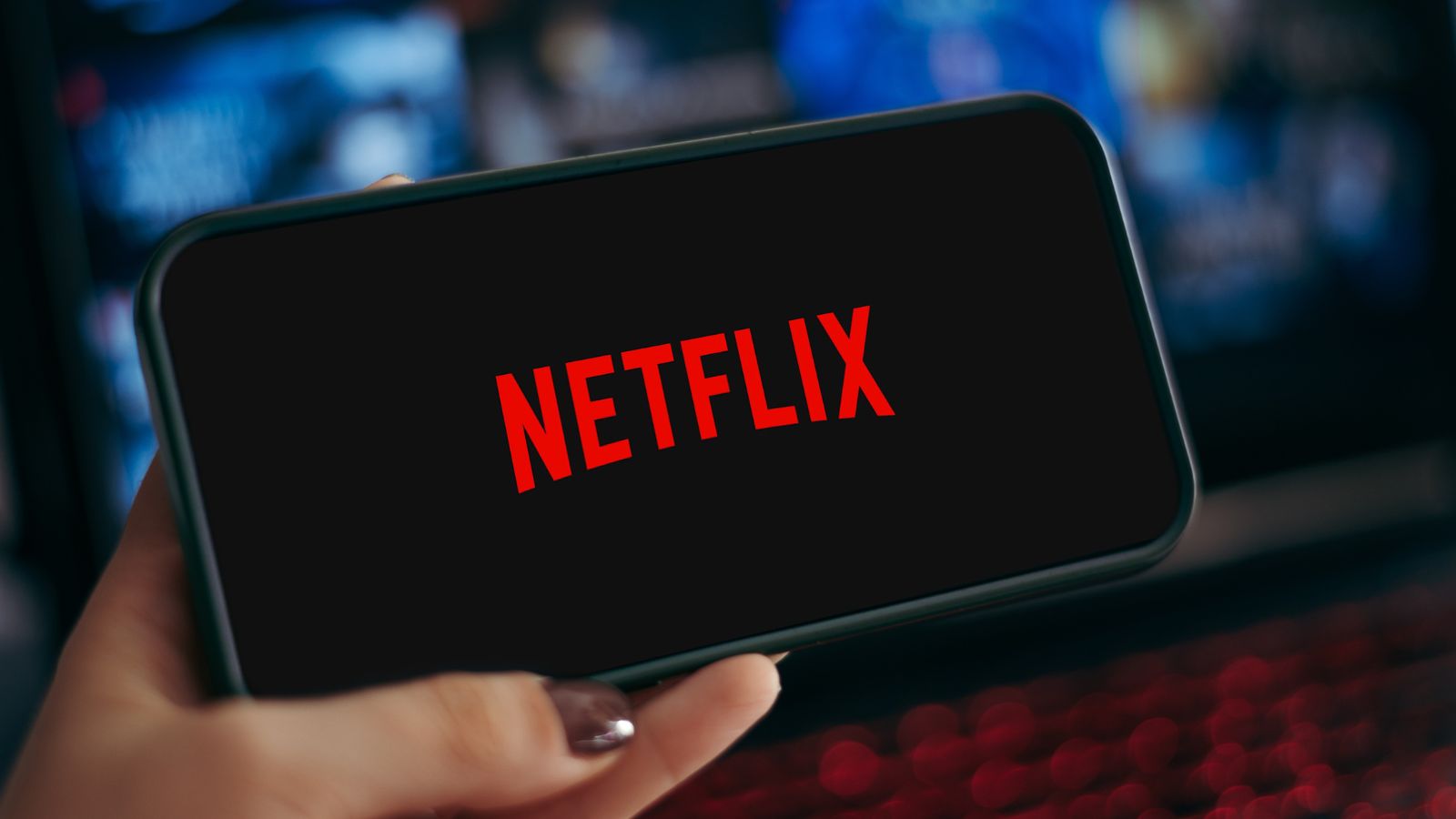Subscription services have become an integral part of modern life for many families. From streaming entertainment to meal kits, fitness programs, and software, everything seems to come with a monthly fee. While the convenience and accessibility are clear, the hidden risks of these subscription models are growing more concerning in 2024. We look at 18 dangers that could impact your wallet, your privacy, and even your overall well-being:
Subscription Overload

It’s easy to sign up for multiple services, but many users lose track of how many subscriptions they actually have. This results in subscription overload, where the cumulative cost of these services is much higher than expected. Without careful tracking, you might find yourself paying for multiple subscriptions that you barely use or forgot you had.
Automatic Renewals

Automatic renewals are a convenient feature for businesses, but for consumers, they can be a trap. Many services make it difficult to cancel, and you may not even realize a subscription has renewed until after the charge has hit your account. Automatic renewals can turn what was meant to be a one-time or short-term subscription into a long-term financial commitment.
Price Increases Without Notice

Many subscription services raise their prices over time. While the initial offer may seem affordable, companies often increase monthly fees with little notice. Consumers may overlook these price hikes until they see a significant difference in their bank statements, making a once-budget-friendly service far more expensive.
Hidden Fees

Some services come with hidden fees that aren’t always disclosed upfront. For example, a “free trial” might come with an activation fee, or you might be charged extra for premium features after you’ve already subscribed. These hidden charges can add up quickly, making subscriptions much more costly than advertised.
Lack of Ownership

In the age of subscriptions, you never truly own many of the things you’re paying for. For example, music streaming services like Spotify or Apple Music give you access to millions of songs but remove them if you stop paying. Similarly, software subscriptions mean you’re perpetually renting, never owning.
Cancellation Difficulties

Many companies make the cancellation process deliberately confusing. Hidden menus, multiple steps, and long customer service wait times can deter people from canceling subscriptions they no longer want. In some cases, companies continue to bill even after cancellation requests.
Bundling Tactics

Bundling services together, like adding extra channels to your streaming package, can seem like a deal. However, these bundles often include items you don’t need or use, inflating the price of what you’re actually interested in. Over time, these bundles can cost significantly more than standalone services.
Reduced Value Over Time

What starts as a high-value service can diminish over time. Streaming platforms, for example, may lose licenses to popular shows or movies, reducing the content you originally signed up for. As a result, you’re left paying the same price (or more) for less content or service than when you first subscribed.
Data Privacy Concerns

Subscription services collect vast amounts of personal data. From your payment information to your viewing habits and preferences, companies use this data for targeted advertising or sell it to third parties. In 2024, concerns about data privacy are at an all-time high, making it important to consider who has access to your information.
Overuse of Free Trials

Many subscription services offer enticing free trials, but they often require you to input payment information upfront. If you forget to cancel before the trial ends, you could be automatically enrolled in a paid plan. With so many services offering trials, it’s easy to lose track, resulting in unwanted charges.
Lack of Transparency in Terms and Conditions

Terms and conditions are often lengthy and filled with legal jargon that most people don’t read or fully understand. Many subscription services hide critical information, such as cancellation policies, price increases, or data-sharing agreements, in these documents. Not understanding these terms can lead to unexpected fees or loss of privacy.
Psychological Manipulation

Subscription services often use psychological tricks to keep you locked in. For example, they may offer a lower introductory rate or “fear of missing out” (FOMO) strategies by telling you about limited-time offers. These tactics can make you feel like you’re getting a better deal than you actually are, encouraging you to subscribe without fully considering the long-term costs.
Subscription Fatigue

In 2024, with so many different subscriptions available, from news sites to fitness apps and entertainment platforms, consumers are experiencing subscription fatigue. Managing multiple accounts and payments can be overwhelming and exhausting. This fatigue can lead to stress and frustration, impacting your overall well-being.
Locked-in Ecosystems

Many subscription services are designed to keep you locked into their ecosystem. For instance, you may start with a music streaming service, but soon you’re also subscribed to podcasts, audiobooks, and exclusive content within the same platform. It becomes harder to cancel one service without losing access to others, making you dependent on a single company for multiple needs.
Deceptive Promotions

Many services lure customers in with flashy promotions, such as offering the first month for free or at a deep discount. However, these promotions often come with strings attached, like long-term contracts or automatic enrollment into more expensive plans once the promotion ends. This bait-and-switch tactic can cost more than expected.
Overly Complex Pricing Models

Subscription services often feature tiered pricing models with a confusing array of options. While this might seem like flexibility, it can also make it hard to know what you’re really paying for. You might end up subscribing to a more expensive tier than necessary or paying for features you don’t use.
Subscription Dependencies

More services are requiring subscriptions for basic access to everyday tools or entertainment, and this trend is only growing. In some cases, vital services such as software needed for work, essential apps, or even certain healthcare options are subscription-based, making it difficult to opt out even if you’d prefer not to pay regularly.
Rising Costs in a Competitive Market

The growing competition among subscription services has led companies to seek profits by increasing fees while cutting back on service quality. In 2024, even niche subscriptions are becoming more expensive, leaving consumers with higher bills as companies try to outcompete one another while maintaining profitability.
18 Reasons Why People Are Leaving Florida in Masses

Exploring factors that impact the desirability of living in Florida, this list delves into various challenges shaping residents’ experiences. From environmental concerns like rising sea levels to economic factors such as fluctuating job markets, these issues collectively contribute to a nuanced understanding of the state’s appeal.
18 Reasons Why People Are Leaving Florida in Masses
